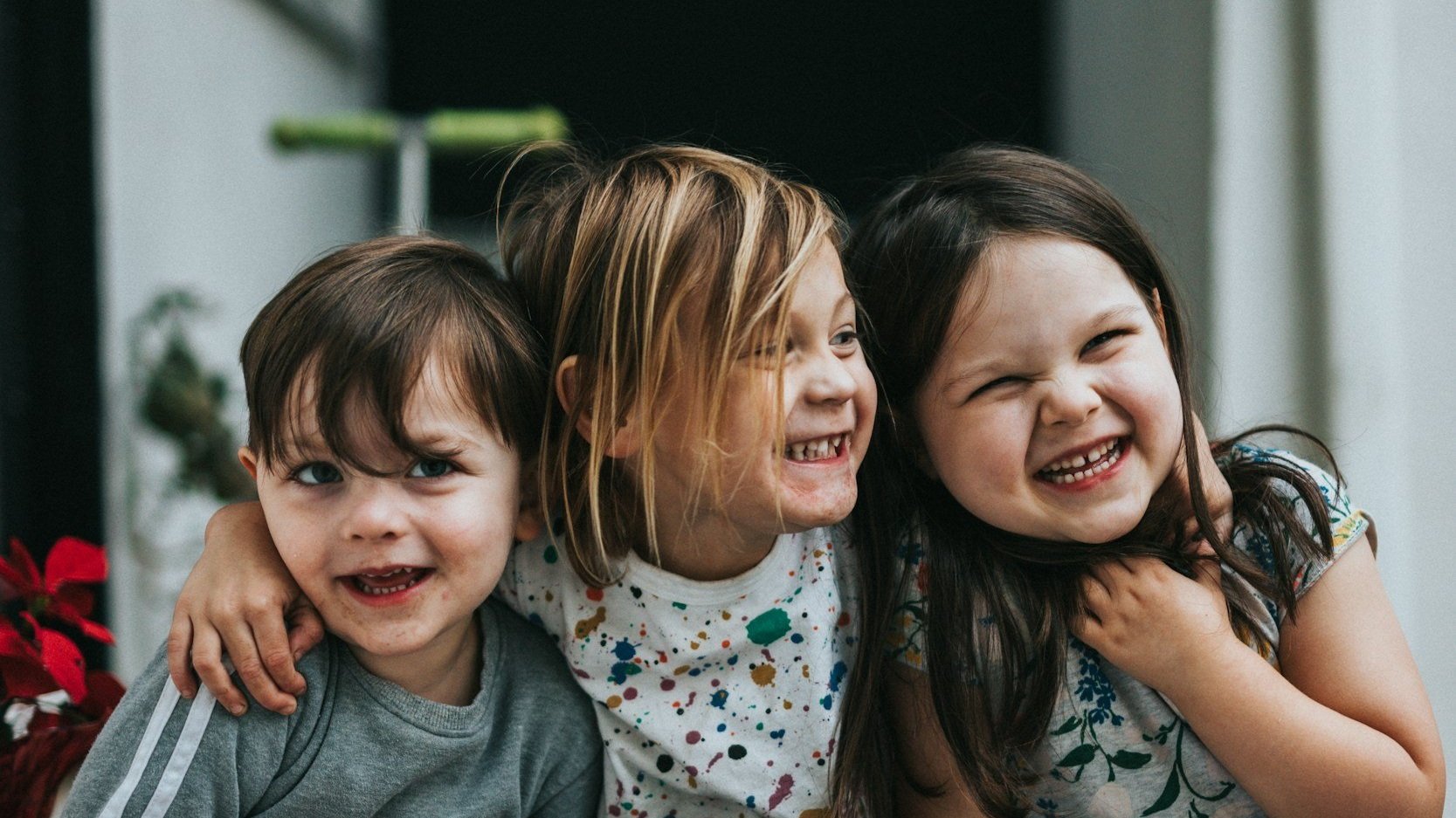
Pediatric Mental Health Blog
© 2025 COPYRIGHT NOTICE: All original resources, content, and materials produced and displayed on this website are the intellectual property of Child Therapy Guide. These resources are protected by copyright laws and are intended for personal, non-commercial use. Unauthorized reproduction, distribution, or any other unauthorized use of the content without explicit permission from Child Therapy Guide is strictly prohibited. Users are encouraged to enjoy and utilize the resources responsibly, respecting the copyright and intellectual property rights associated with the content. For any inquiries or requests regarding the use of our materials, please contact us through our contact form.

Reinforcement: Positive & Negative
Both positive and negative reinforcement can be effective ways to shape and encourage favorable behavior, but understanding how to use reinforcement to support healthy growth and development is key! Read on to learn about what reinforcement is, common misconceptions about reinforcement, and how to use reinforcement at home or in the classroom!

Quiet Coping Skills
Quiet Coping Skills are subtle but effective ways to privately regulate emotions without attracting scrutiny from others. These techniques aim to interrupt overwhelming feelings by focusing on specific physical tasks and simple mantras.

Childhood Perfectionism
A perfectionist aims for the ideal version of a pursuit and has disproportionate feelings of disappointment if they fail to reach their goal. Perfectionism can have many roots, but it is generally tied to a person’s perception of their self-worth.

What is Play Therapy?
Play therapy encourages imagination, self-expression, and exploration through specially selected toys and materials. It offers a transformative pathway for children to explore their emotions, navigate challenges, and find healing through the power of play.

SEL Writing Prompts for Kids
Guided by Social and Emotional Learning (SEL) outcomes, our free writing prompts exercise written communication and promote the development of introspection, self-confidence, creativity, problem solving, and emotional regulation.

Counseling Games for Kids
Cooperative games help kids learn the significance of collaboration, integrity, and respect. Through shared objectives and collective problem-solving, kids build interpersonal skills while exercising ethical conduct and resilience. Read on for tips on how to foster positive sportsmanship through a social-emotional learning lens.

Connection Through Conversation
Reciprocal conversation is an active exchange of thoughts, ideas, curiosity, and attention. It’s a valuable skill and we can help cultivate it from a young age through engaged, thoughtful conversation.

Mindfulness Practice for Little Kids
Mindfulness practice offers a guided pathway for children (and adults!) to develop a sense of calm, self-awareness, and emotional regulation. Mindfulness is a holistic life skill that promotes mental, emotional, and physical well-being. Read on to learn about 6 mindfulness techniques for kids!

Art Therapy with Kids: Ideas
Art therapy empowers children to develop coping skills, build self-esteem, and find healing by using creativity as a means to communicate thoughts and emotions that words alone cannot express. Explore our art therapy prompts, ideas, and activities, and check out our recommended materials for art therapy with kids!

Five Kinds of Productive Play
Play contributes to the physical, cognitive, and emotional well-being of children. It enhances motor skills, stimulates creativity, and cultivates social intelligence through interactions with peers. Play also serves as a natural learning platform, helping kids understand the world around them. Learn about five kinds of productive play and explore toys that support each kind.

How to Raise a Resilient Kid
Resilience is a dynamic skill set that empowers kids to adapt, learn, and thrive through life’s journey. By nurturing a growth mindset, parents, educators, clinicians, and caregivers can support self-efficacy, problem-solving skills, and optimism in kids so that they can grow and persevere through setbacks.

Calm-Down Breathing Techniques for Kids
In times of dysregulation, our breath can center us. Intentional breathing is a holistic life skill that promotes mental, emotional, and physical well-being. Read more to learn about different breathing techniques that are great for kids and adults!

Acupressure Tapping for Kids
Emotional Freedom Technique (EFT) tapping is a gentle, evidence-based method that combines acupressure with positive affirmations to alleviate stress, anxiety, and emotional challenges. Read more about how it works, what it does, and how to do it!

Attention-Deficit/Hyperactivity Disorder (ADHD)
Explore our simple breakdown of ADHD. By creating an atmosphere that embraces diversity and accommodates different learning styles, we empower children with ADHD to thrive!

6 Types of Child Therapy
Understanding what type of therapy is best for your child can be overwhelming. This comprehensible post breaks down 6 common modalities used by child therapists: play therapy, family therapy, dialectical behavioral therapy (DBT), acceptance and commitment therapy (ACT), parent-child interaction therapy (PCIT), and cognitive behavioral therapy (CBT). Once you understand what might be the best fit for you child, you can search for an appropriate licensed child therapist near you!

Child Therapy FAQ
Find answers to common questions about child therapy like: What is a child therapist? How do I find a pediatric psychotherapist near me? How do I afford therapy for my child? Would my child benefit from therapy? Will my child be labeled with a diagnosis? How do I support therapeutic progress?
Empower parents and caregivers to make informed decisions about their child's mental health care.
